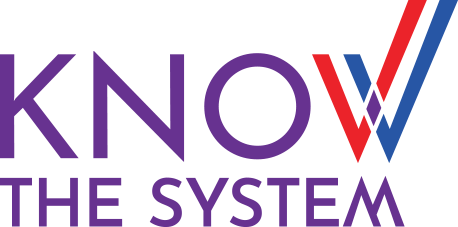In which Poli Sci student Carl wrestles with a case study exercise.
New kinds of interactive case studies will transform education for the professions.
Carl was pretty sure he wanted eventually to work in the civil service after college, but was unsure about whether he wanted a law degree. Of late, he had been going through an interactive case study that was quite a lot of work, though was very illuminating. It involved a patent issue, and it was making his head spin because of the unavoidable amount of technical information he had to process.
The case study had been produced in cooperation with a civil service agency thirty years earlier. It had remained popular despite its age. The story was based on an actual case, though was heavily fictionalized and simplified. It wasn't actually designed to teach law; rather, its objective was to provide an insight into the regulatory process and its downstream effects.
His role in the interactive scenario was as the judge who was to rule on a patent dispute between a giant pharma company and a small research lab whose patent may or may not have been invalidated by new legislation.
At Carl's side was a simulated legal assistant who could answer most of Carl's questions. At first, Carl felt a bit like a dope, having to ask him the most elementary of questions about law and regulation; however, willing suspension of disbelief eventually assuaged his discomfort.
During the preceding century, systems for administrative law had evolved beyond the earlier oceans of paragraphs, indexes, and full-text search, to an interlinked knowledge base managed by artificial intelligence. It had a hierarchical ontology of legal concepts, but also included automatic machine-learning programs that continuously refined the meanings and intents in rules.
To laypersons, the underlying mechanics in the technical platform were incomprehensible. But, in practice, the platform simplified and improved life for all involved. It prevented inconsistencies between regulations, set priorities, and balanced constituencies. And, not least, it was engineered for user-friendly self-service.
Another modern constitutional principle was that the regulatory content was heavily "sunsetted," requiring legislative re-review and re-approval of most individual rules and statutes. This provided an incentive for getting it right the first time.
Carl's case study simulation had him access the actual civil service platform heavily. Much of the activity consisted of: Carl asking a question; the assistant confirming the intent of the question; the assistant walking him through the platform interface to look up the relevant answers; and, finally, the assistant explaining what it meant and how to interpret it.
You would like to know why the 2127 Industry Research Commission decided to stop granting patents in this area, and what the text of the directive is. Correct?
Carl grunted his unsure assent. The assistant visibly formulated a query in the platform and retrieved the appropriate entries. The system showed the way that this particular directive was logically connected to the original 2101 Targeted Research Act. It also showed a map of other patent cases in which this directive had been invoked, and a comprehensible visualization of the "frontier" of prior interpretations.
As Carl reached tentative intermediate conclusions, he recorded them on a helpful "Argument Constructor" canvas. Knowing that his scores for both effort and quality of decision would later be available to his mentor, he resignedly settled in for a long session. Though, he wished he could be goofing around with his friends instead. This was a hell of a lot to process.
Almost by definition, learning requires struggle. Lots of energy is expended whenever cognitive memory structures are modified or constructed. This is not, though, cause for sorrow or pessimism. Through ever-improving instructional design principles and practices, the wrong, unproductive kinds of struggle in learning can be eliminated, leaving only the "right" kinds of struggle. When it's done well, learning even hard stuff can be fun.
For good reasons, case studies have long been used in professional education. For example, Harvard Business School finds, researches, and documents real-world business stories, which students read, analyze, and then debate in class. Similar case-teaching approaches abound, in Law, Medicine, Public Administration, and other subjects. While not the same as learning on the job, case studies—whether true-life, fictional, or somewhere in between—take learners past the fundamentals and the theory.
I would characterize the pedagogical approaches currently applied with case studies as horse-and-buggy stage. (I have an unusual vantage point on this: it was the subject of my own doctoral research.) With time, improvements will come. Provision of "scaffolding" for the learning experience is key. Scaffolding can take different forms, but the basic idea is to structure the experience in a way doesn't needlessly over-tax the learner's brain. Some useful tactics:
- Provide close-at-hand, automated, context-specific guidance for learners at every point
- Strategically simplify certain aspects of the case that would otherwise overwhelm
- Prefer multimedia descriptions and explanations wherever feasible
- Manage the learner's attention throughout, and
- (In the future) provide automated personal "assistants" who are programmed to be as helpful as possible.
It also means giving the learner engaging, useful tasks to do, and a sense of control. And embedding twists and surprises. And a nice sense of denouement at the end of the experience.
Increasingly, as information systems grow and mature and become an ever-larger part of the work we do, case study learning experiences will also involve hands-on use of real systems, like the civil service platform described in this scene.


Leave a Reply